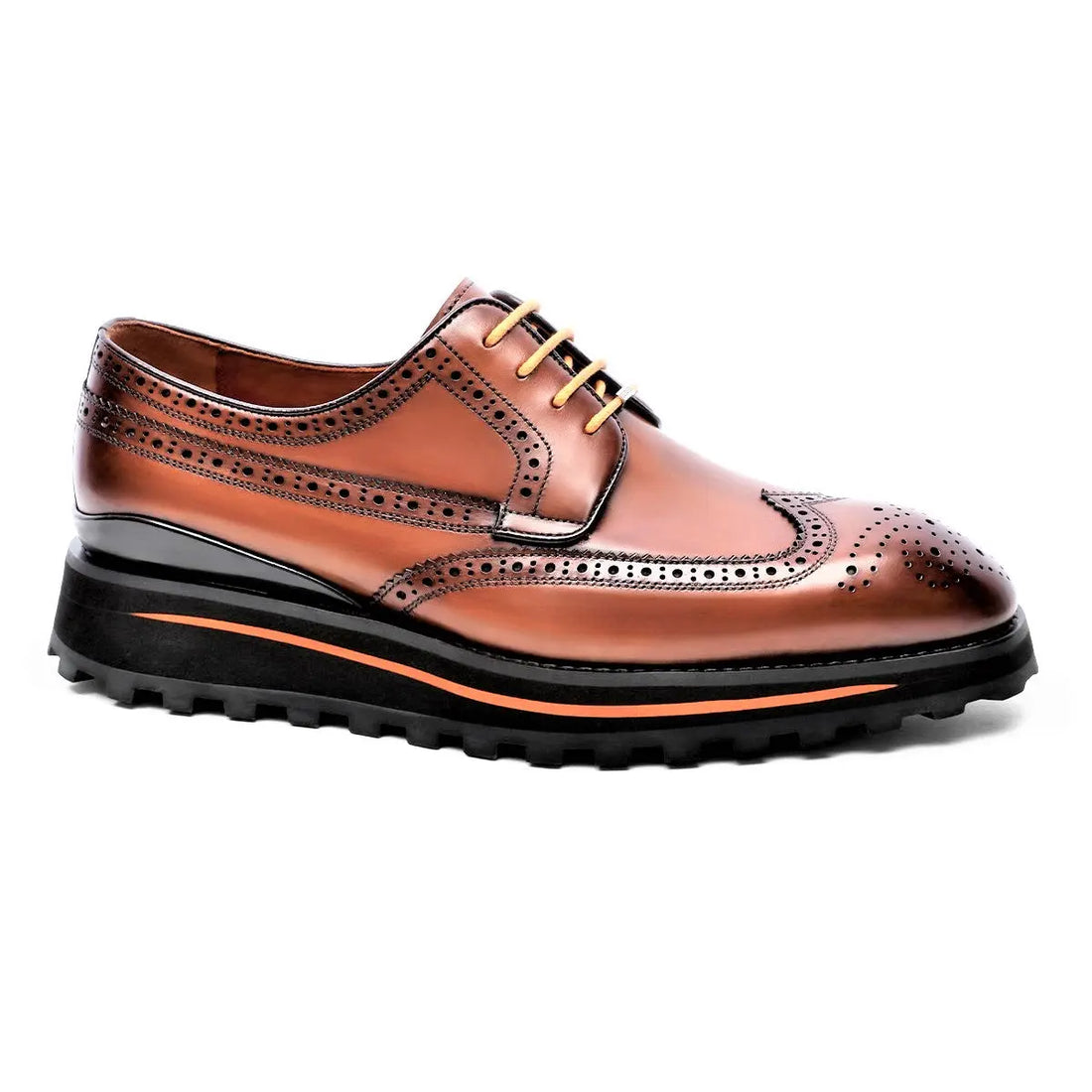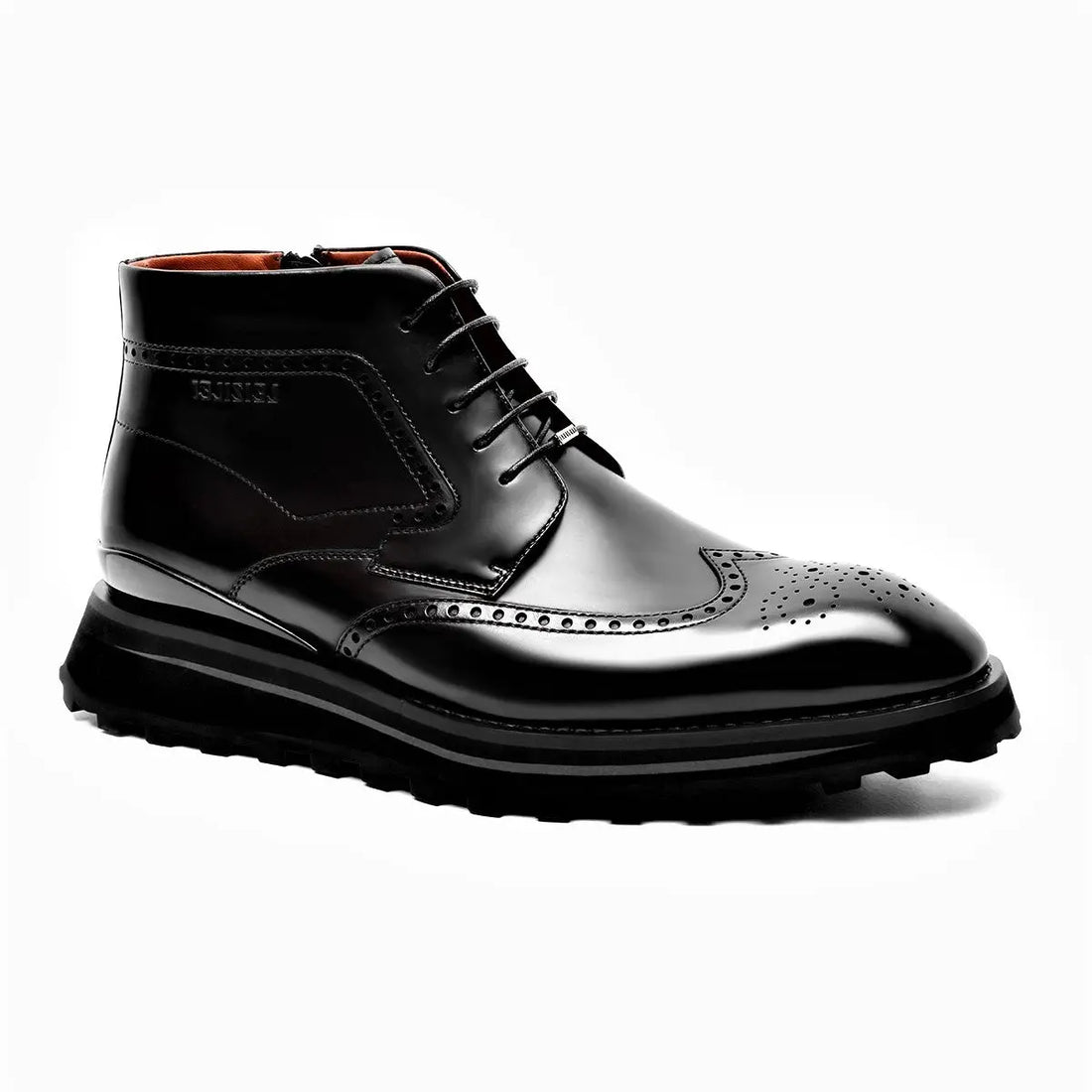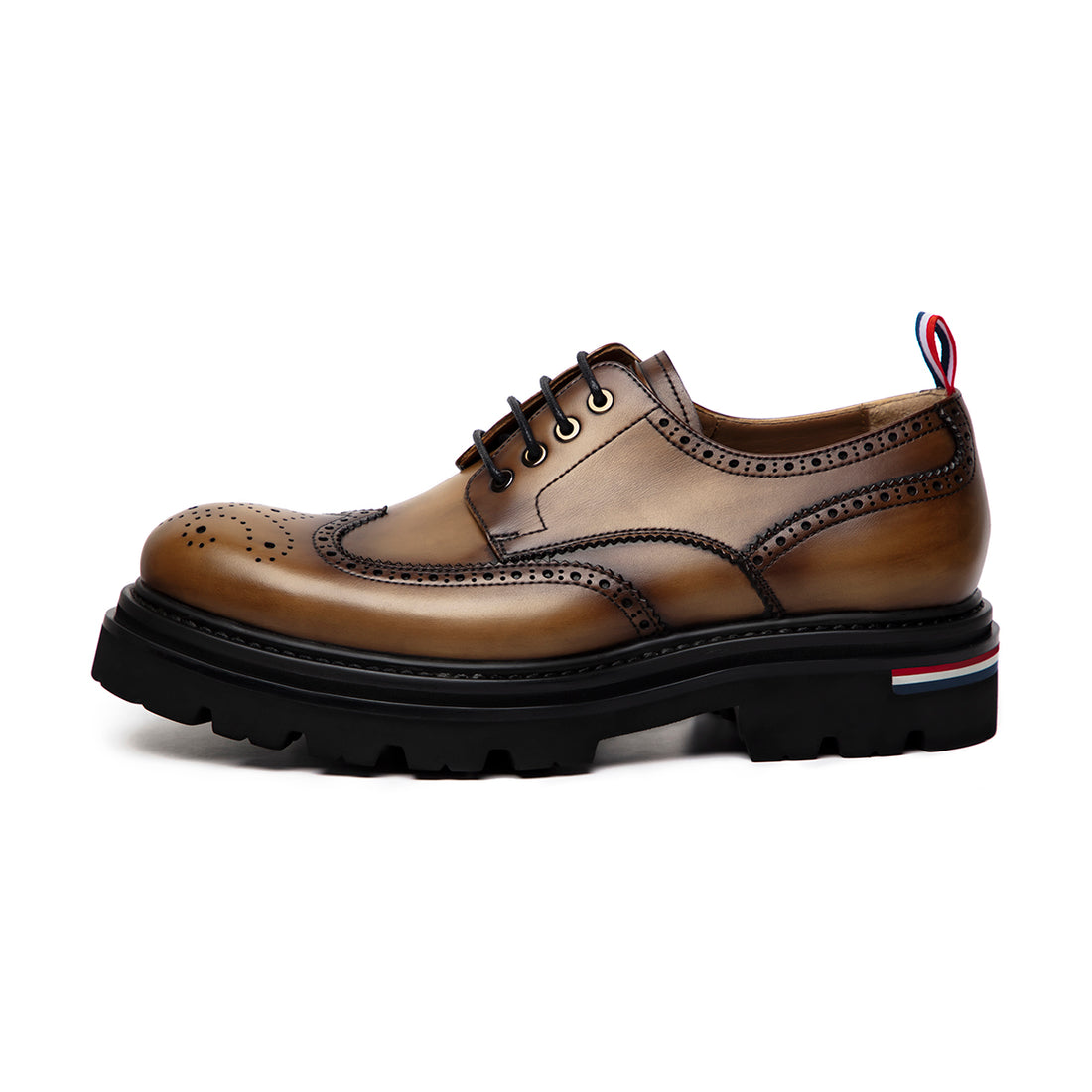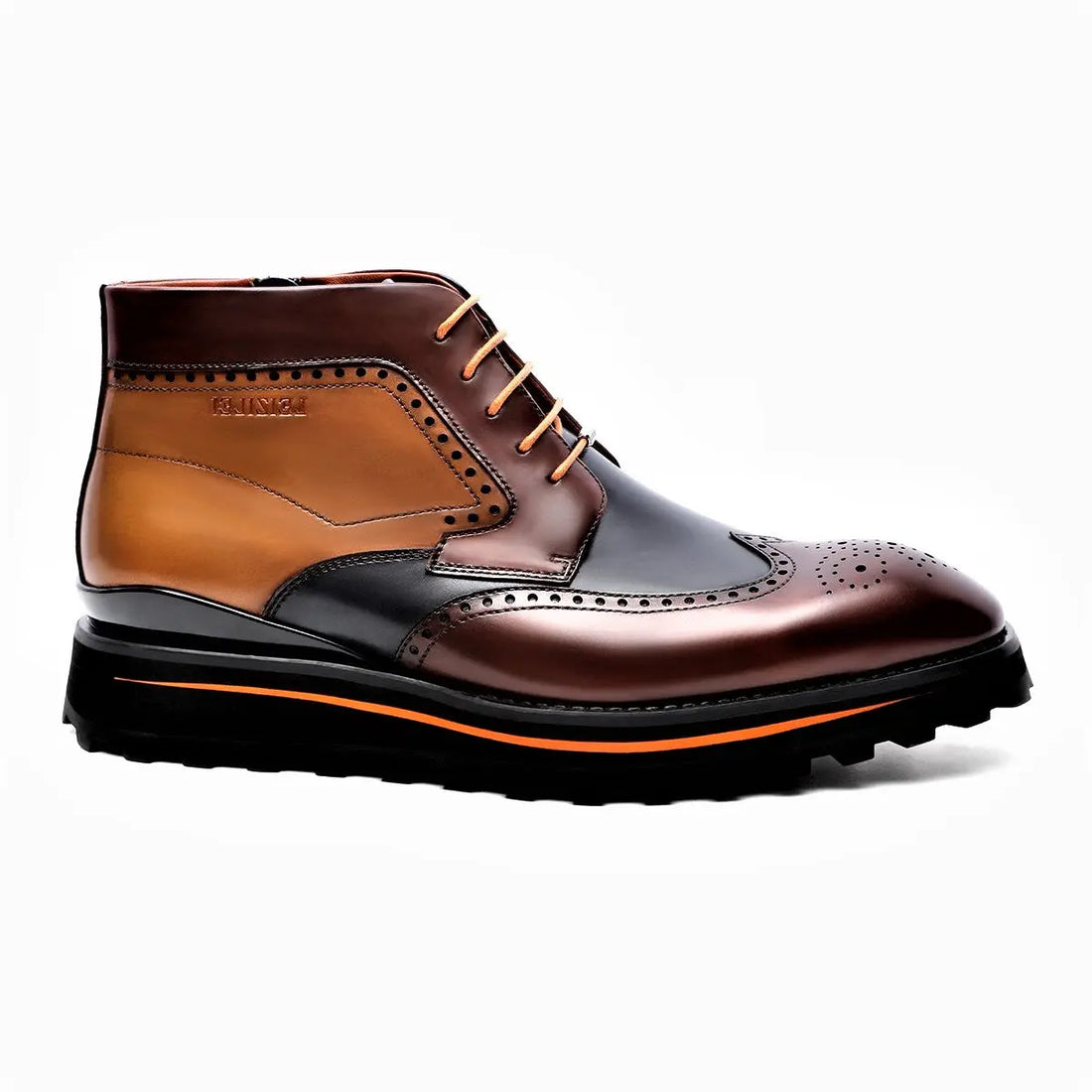
Blogs
What kind of experience is it to wear "museum" leather shoes on your feet?
What kind of experience is it to wear "museum" leather shoes on your feet?
As the saying goes, radish and vegetables have their own loves, but shoes are actually the same as other clothing items. Some people are keen to chase new products and enjoy the fresh pleasure; some people indulge in scouring old things and feel the temperature accumulated by time.
And in this, there are often some players with tricky angles, wondering if they can get the new shoe experience while also taking down the gratifying sense of years?
There is no road in the world. When this kind of voice reaches the ears of brand merchants, they will naturally find ways to become the first person to eat this "crab".
Similar to the various old-fashioned treatments in casual shoes, there are also different natural leather ageing processes in the gentleman's shoe circle due to the pursuit of antique charm, such as Patina, which has been out of the circle, and today’s protagonist. ——Museum calfskin.

Compared to Patina, the public may be relatively unfamiliar with the concept of museum leather, but I believe that after today's understanding, it will become another goal for you to pursue antique shoes.
onion-like patina charm
For the majority of retro fans, leaving aside factors such as rarity and appreciation space, the attraction of a series of antiques such as vintages and antiques is definitely inseparable from the onion-like patina charm.
But if you want to achieve this effect, you usually need to wear it for many years (such as the color of the original cow).

What's more, due to the attributes of personal products such as clothing and shoes, many people will feel bad about the "dark diseases" caused by the sanitary condition after using second-hand or even tossing around or the single product itself is used at home.
In this way, it naturally attracted some savvy businesses to invest in the interests of consumers and the market, and began to study antique techniques that would not affect the condition of new shoes.
They save everyone from waiting and have a pair of antique leather shoes in one step.

Of course, this is still only a pair of "antique semi-finished products" at first, and the final color and effect have to rely on the wearer to personally give it a unique personality.
Museum Calf leather shoes were born under this background.

In fact, the mainstream Aging technique in the field of formal shoes relies on post Burnishing to deepen the tone of the toe position, and hand-painting with the ancient method of Patina to enhance the overall layering and old sense of the upper.
But this kind of complicated treatments such as dewaxing, wiping and changing colors, sanding, polishing, etc., for each pair of shoes by hand, naturally takes a lot of time and labor costs.
At this time, John Lobb, a top British shoemaker who also loves antique aesthetics, had a brainstorm and set out to find a kind of antique leather that already had a patina texture when it left the factory, and no need to manually rub the color and make it old.
This kind of show concept prompted LEIZILEI to hit it off with Ilcea, a well-known Italian leather factory, to create "museum leather shoes" with rich colors.
Generally speaking, the finishing process of leather includes the step of dyeing, which is roughly divided into benzene dyeing and finishing according to the different dyeing process, and the museum leather is generally made of benzene dyed calfskin.


The huge cylinder machine in the picture above is used by Ilcea to dye the leather. They first put the full-grain calf leather embryos in a roller machine dripped with aniline dye for dyeing, and then dyed them without drying. The calf leather was immediately wiped with a sponge by hand.
This approach will make the dye color penetrate into the leather through the pores, and the final effect of the leather is a mottled marble pattern of different shades. Especially under different light, various cloud-like color changes can be called unique.

Sometimes it’s a skill to tell a story well. Looking at this kind of leather, each piece is decorated with a unique gradation pattern, just like the rare antiques carefully collected in the museum. Every trace of the years is a Recognizable identity.
Even if you understand that "Museum Calf" is a gimmick created by John Lobb for marketing, it doesn't hinder its charming ages and make you willingly pay for it.






